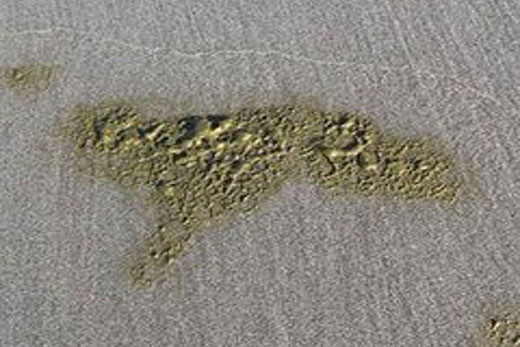An unusual brown sludge found on Eastern Bay beaches is being labelled a natural occurance by the Bay of Plenty Regional Council.
Following recent queries from members of the public, the Regional Council confirmed that the foam and sludge on eastern Bay of Plenty beaches is a natural occurrence of surf diatoms.
Brown sludge as seen on beaches in the Eastern Bay of Plenty.
Testing has confirmed the sludge is not associated with the discharge of dairy farm effluent, as had been suggested.
Residents of Ohope beach and Tirohanga beach in particular have noticed occasional build-up of the brown sludge along shorelines.
Regional Council's senior environmental scientist Stephen Park says the sludge is actually made up entirely of phytoplankton, the base of the marine food chain, upon which other marine creatures feed.
The blooms occur naturally even in pristine habitats and it is usually a sign of a healthy ecosystem.
'This sludge, whilst unsightly, is nothing to be concerned about as it is a common non-toxic sea plant.
'The species of plankton found are usually surf diatoms which live near the shore zone on the open coast.”
Plankton numbers tend to increase through winter and spring so when weather conditions are favourable their numbers build up.
That combined with tide and wave conditions mean the diatoms can form foamy slicks that wash up on our beaches and have been the subject of numerous complaints by residents in the past.
'Unfortunately, they can smell unpleasant as they break down in the sunlight but they do not produce toxins and are not associated with bacteria or virus which might cause sickness. So there is no need for concern for contact from humans or animals.
'So whilst the sludge may be unsightly for people enjoying our beach, there is no need for concern as this is a normal occurrence for this time of year.”



0 comments
Leave a Comment
You must be logged in to make a comment.